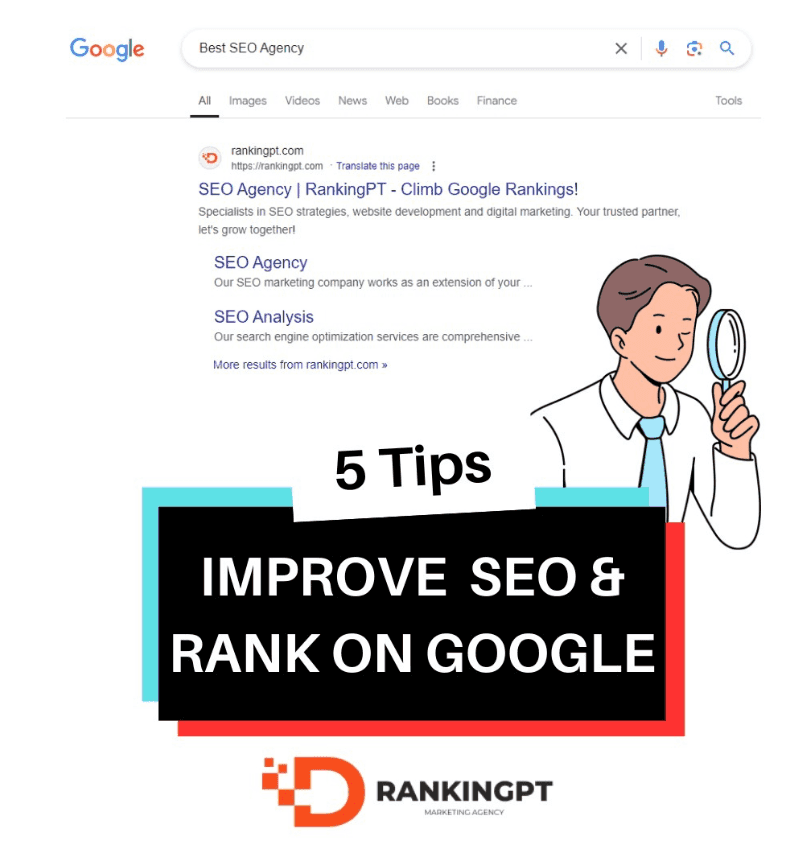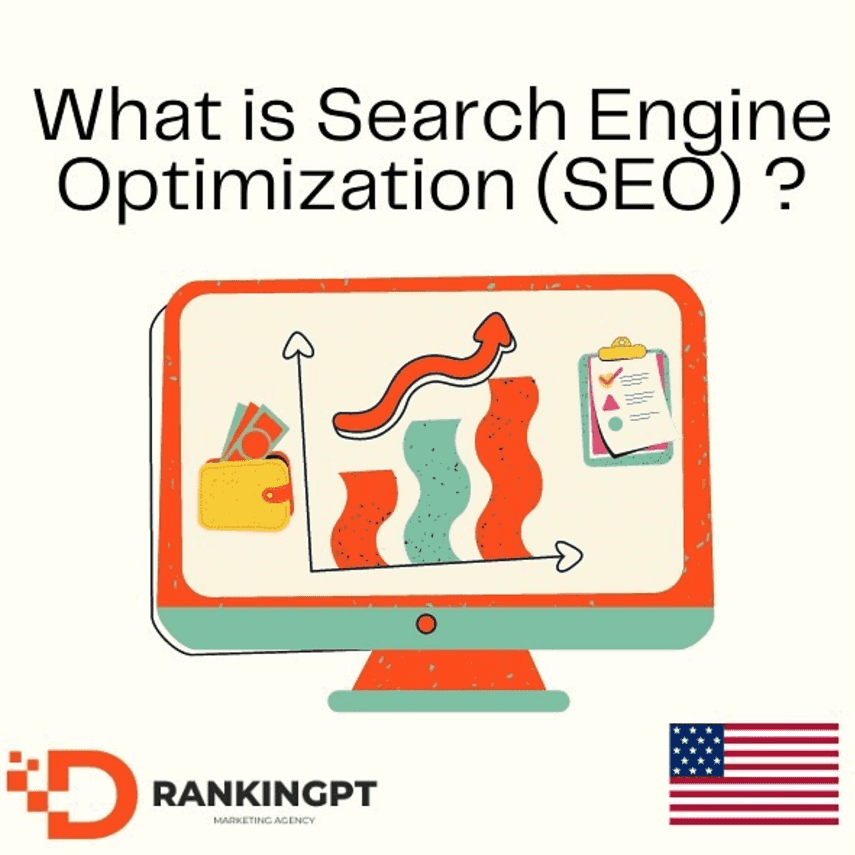SEO Copywriting: How to Write SEO-Optimized Content
What is SEO Copywriting?
SEO copywriting is the practice of creating content that is optimized for search engines while remaining engaging and valuable to human readers. This type of writing follows SEO best practices, including keyword integration, structured formatting, and quality content to enhance search rankings and attract organic traffic. Effective SEO copywriting involves:
- Understanding search engine algorithms
- Writing compelling, user-friendly content
- Utilizing keyword strategies for improved visibility
- Structuring content for readability and engagement
Why is SEO Copywriting Important?
High-quality, SEO-optimized content plays a vital role in improving website visibility, ranking higher in search engine results, and driving organic traffic. Businesses that prioritize well-structured, keyword-rich content benefit from:
- Higher Search Rankings: Content that is optimized correctly has a better chance of ranking on the first page of Google.
- Increased Organic Traffic: Well-optimized content attracts more visitors without the need for paid advertising.
- Improved User Experience: Well-structured, informative content enhances readability and keeps visitors engaged.
- Better Conversion Rates: SEO copywriting helps guide potential customers through the sales funnel, leading to increased conversions and customer retention.
How to Write SEO-Optimized Content
1. Conduct Keyword Research
Keyword research is the foundation of SEO copywriting. Identify relevant keywords using tools like Google Keyword Planner, Ahrefs, or Ubersuggest. Focus on:
- Primary keywords that match your business offerings
- Long-tail keywords for specific search intent
- Semantic keywords to enrich content naturally
2. Write for Your Audience First
While optimizing for search engines is crucial, content should primarily serve the reader. Understand your audience’s pain points and craft content that provides valuable solutions and insights.
3. Structure Content with SEO in Mind
Use proper formatting to make content easy to read and crawlable by search engines:
- Title Tags and Meta Descriptions: Include target keywords in title tags and compelling meta descriptions.
- Headings (H1, H2, H3, etc.): Break content into scannable sections.
- Bullet Points & Short Paragraphs: Improve readability.
- Internal and External Links: Enhance SEO by linking to relevant pages.
4. Optimize On-Page Elements
- URLs: Keep URLs short, descriptive, and keyword-rich.
- Image Optimization: Use alt tags with relevant keywords.
- Schema Markup: Help search engines understand your content better.
5. Create Engaging and Valuable Content
Search engines prioritize content that is informative and engaging. Focus on:
- Writing compelling introductions
- Using storytelling techniques
- Including data-driven insights
- Keeping content fresh and updated
6. Avoid Common SEO Pitfalls
- Keyword Stuffing: Overusing keywords can lead to penalties.
- Duplicate Content: Ensure content is unique to avoid ranking issues.
- Ignoring Mobile Optimization: Ensure content is mobile-friendly.
- Neglecting Content Updates: Regularly refresh outdated content.
7. Encourage Social Sharing and Backlinks
Quality content gets shared and linked back to naturally. Strategies include:
- Creating shareable infographics and videos
- Collaborating with industry influencers
- Guest posting on reputable sites
8. Monitor Performance and Improve
Use tools like Google Analytics and Google Search Console to track performance. Key metrics include:
- Organic Traffic: How many visitors find your content via search.
- Bounce Rate: Indicates engagement levels.
- Conversion Rates: Measures effectiveness in driving sales or leads.
9. Leverage Content for Various Channels
Repurpose blog content into:
- Social media posts
- Email newsletters
- Video scripts
- Infographics
10. Work with an SEO Agency for Optimal Results
Partnering with a professional SEO agency ensures content aligns with best practices and drives maximum results. Agencies can assist with:
- Advanced keyword strategies
- Technical SEO audits
- Content marketing strategies
Conclusion
SEO copywriting is a powerful tool for improving website visibility, attracting organic traffic, and increasing conversions. By implementing keyword strategies, structuring content effectively, and focusing on valuable user experience, businesses can gain a competitive edge in search rankings. Whether optimizing existing content or creating fresh material, staying up-to-date with SEO best practices is essential for long-term success.





